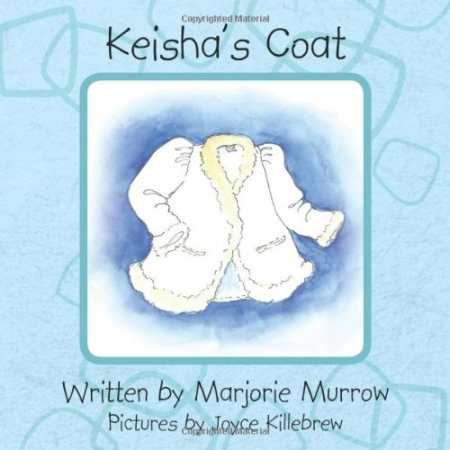
Keisha's Coat
Fun story and expressive illustrations are sure to attract attention of first- and second-graders.
Fun-loving Keisha wants to be noticed, and she has found some unusual ways to get the attention she craves, especially at school. Keisha’s Coat is a story that could spur classroom discussion about children’s need for attention.
On some days, Keisha wears her shirt backwards with the label sticking out in the front and waits until her friends notice and say, “Keisha! Did you know you have your shirt on backwards?” Then Keisha, pretending to be surprised, laughs and happily skips away to find other friends who might notice too.
But doing the same thing day after day gets boring. Her friends already expect her to wear her shirt backwards, and Keisha knows she has to come up with something new. Her attempt to wear her shirt both backwards and inside-out is thwarted when her mother notices it at breakfast and makes her change.
Keisha loves to read, and her teacher’s announcement that an author is visiting their library to read her latest book makes Keisha forget all about her dressing game. It is a cold day, and Keisha wears her new, fur-collared white coat for the walk to the library with her class. When they arrive, Keisha is nervous about meeting the author but is pleasantly surprised when something she does without realizing makes the author notice her in a very special way.
Author Marjorie Murrow is a retired public school teacher, and her book will be fun for parents or teachers to read to first- or even second-grade children. Keisha’s Coat opens the door to all kinds of important questions: Why does Keisha need so badly to be noticed? What other things can she do to get attention? Is Keisha a good friend, or does her need for attention stop her from seeing how others might also like to be recognized? After she is noticed by the author, might Keisha come to see she is worthy of attention without having to play games to get it?
Both the story and the expressive, colorful illustrations will appeal to young children, but eliminating the wide margins and increasing the size of the illustrations would have made it easier to read the book to larger groups of children. It is obvious that the book is oriented to girls—all the characters are female, the wide margins on each page are decorated in pink, and the fact that the girl uses clothing to get attention might leave boys feeling a bit left out.
Murrow and illustrator Joyce Killebrew share a young grandchild, for whom this book is very special. This is Murrow’s third children’s book.
Reviewed by
Kristine Morris
Disclosure: This article is not an endorsement, but a review. The publisher of this book provided free copies of the book and paid a small fee to have their book reviewed by a professional reviewer. Foreword Reviews and Clarion Reviews make no guarantee that the publisher will receive a positive review. Foreword Magazine, Inc. is disclosing this in accordance with the Federal Trade Commission’s 16 CFR, Part 255.
